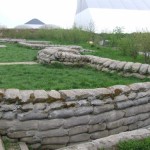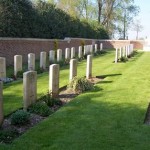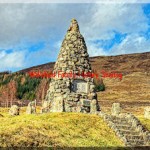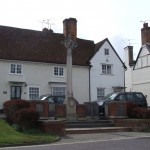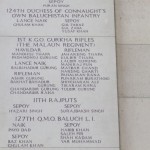Over 500,000 Militia records, 1806-1915
Find My Past have just launched Militia Service Records 1806-1915 in association with the National Archives. This collection, searchable and online for the first time, contains 580,281 soldiers’ records with 2,223,510 associated images.
These are fascinating and detailed records offering a slice of life about the men who joined the Militia (think of it as a precursor to the modern Territorial Army). Find out details of the regular jobs the men held, information about their military career and personal details including physical appearance.
I always like to add meat to bones, you know the type of thing, especially when transcribing war memorials. These young men and sometimes women are not my relatives but do belong to someone, so I find it nice if I can imagine them – know how tall they were, what colour eyes they have and any physical marking – tattoos or scars. Sometimes scars can be the result of a work related accident and if you know what job they did in ‘civvy street’ it all fits together.
Take for example, John Jones born in 1885 in the parish of St Johns, Batley. He resided with his parents at 51 Chapel Street, Ancoats, Manchester. The next question is not what we would call PC – ‘What is the Name and Residence of your present (or former) Master. John answered Mr Cooper, grocer of Chapel St, Gt. Ancoates. John was aged 19 years 4 months and was single, never been married. Never been in prison and had no children.
He had never belonged to any Force and was not receiving a pension and was willing to be vaccinated. He acknowledged that he had recieved a Notice and did understand its meaning and was willing to be attested for the term of 6 years, providing His Majesty should so long require his services as a Militiaman for the County of Lancashire.
John duly signed on the 23rd day of August in the year 1904.
So what did John look like. We know he was 19 years old but now we can get an idea of his stature – he was 5’ 6″ tall, weighing 126lbs and a fully expanded chest of 35 ” – a 2″ expansion. He had a fresh complexion, grey eyes and brown hair. He had a scar on his left thumb and was a Roman Catholic – a hint when trying to find him in church records.
As to the names of his next of kin and his service, that’s not listed but we can now at least imagine him walking down the street in Manchester or working in Mr Cooper’s shop.
Source :-
The National Archives reference:
|
||||

